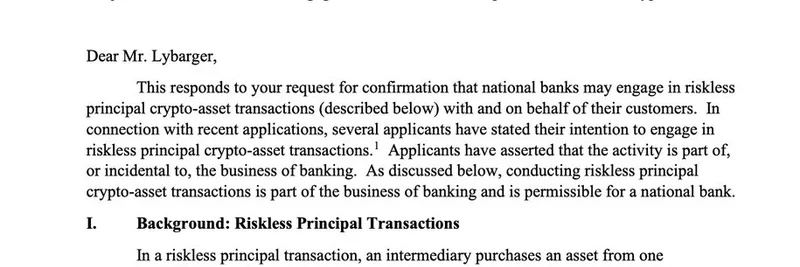In the fast-paced world of crypto, sometimes the most eye-opening insights come from unexpected places. Recently, Solana Foundation President Lily Liu dropped a bombshell on X (formerly Twitter) that's got everyone talking. She pointed out that Amazon doesn't need to jump into the blockchain game by launching its own chain—because it already runs one through its powerhouse service, AWS (Amazon Web Services). According to her, AWS is essentially the "real L1" for half the industry.
This statement quickly went viral, amplified by accounts like DegenerateNews, which shared a screenshot highlighting her words alongside the iconic AWS logo. But what does it all mean, especially for those diving into meme tokens on platforms like Solana?
Breaking Down the Basics: What’s an L1?
If you're new to blockchain lingo, "L1" stands for Layer 1, which refers to the base layer of a blockchain network. Think of it as the foundation—protocols like Ethereum, Solana, or Bitcoin that handle the core operations of security, consensus, and transaction processing. These are the heavy lifters that make decentralized apps (dApps) and tokens possible.
Lily Liu's comment flips the script by suggesting that AWS, a centralized cloud computing giant, is quietly serving as this foundational layer for many crypto projects. Why? Because a huge chunk of the blockchain ecosystem relies on AWS servers to run their nodes, store data, and keep things humming along.
Why AWS Dominates Crypto Infrastructure
Amazon Web Services isn't just for hosting websites or streaming videos—it's the backbone for countless tech operations worldwide, including crypto. Many blockchains, validators, and even exchanges use AWS for its scalability, reliability, and global reach. For instance, Solana itself has faced outages in the past that were indirectly tied to AWS issues, highlighting just how intertwined the "decentralized" world is with centralized cloud providers.
This dependency raises eyebrows in a space that's all about decentralization. If half the industry (as Liu claims) is powered by AWS, does that make Amazon the unofficial kingpin of Web3? It's a cheeky but spot-on observation, especially when you consider how meme token launches on Solana often spike network activity, putting extra strain on underlying infrastructure.
Implications for Meme Tokens and Blockchain Practitioners
Meme tokens, those fun, viral coins like Dogecoin or newer Solana-based hits, thrive on speed and low fees—qualities that Solana delivers thanks in part to efficient cloud setups. But Liu's statement is a reminder that true decentralization is still a work in progress. If AWS goes down, it could ripple through to your favorite meme coin's liquidity pools or trading bots.
For blockchain practitioners, this is a call to action. Diversifying infrastructure—maybe exploring multi-cloud strategies or more decentralized hosting options—could help build resilience. Tools like InterPlanetary File System (IPFS) or emerging decentralized cloud alternatives are gaining traction as ways to reduce reliance on big tech.
At Meme Insider, we're all about keeping you ahead of the curve in the wild world of meme tokens. Lily Liu's insight underscores how even the most "degen" plays are built on serious tech foundations. Whether you're trading, building, or just watching from the sidelines, understanding these layers (pun intended) can give you an edge.
What do you think— is AWS the unsung hero (or villain) of crypto? Drop your thoughts in the comments below, and stay tuned for more breakdowns on the latest blockchain buzz.




